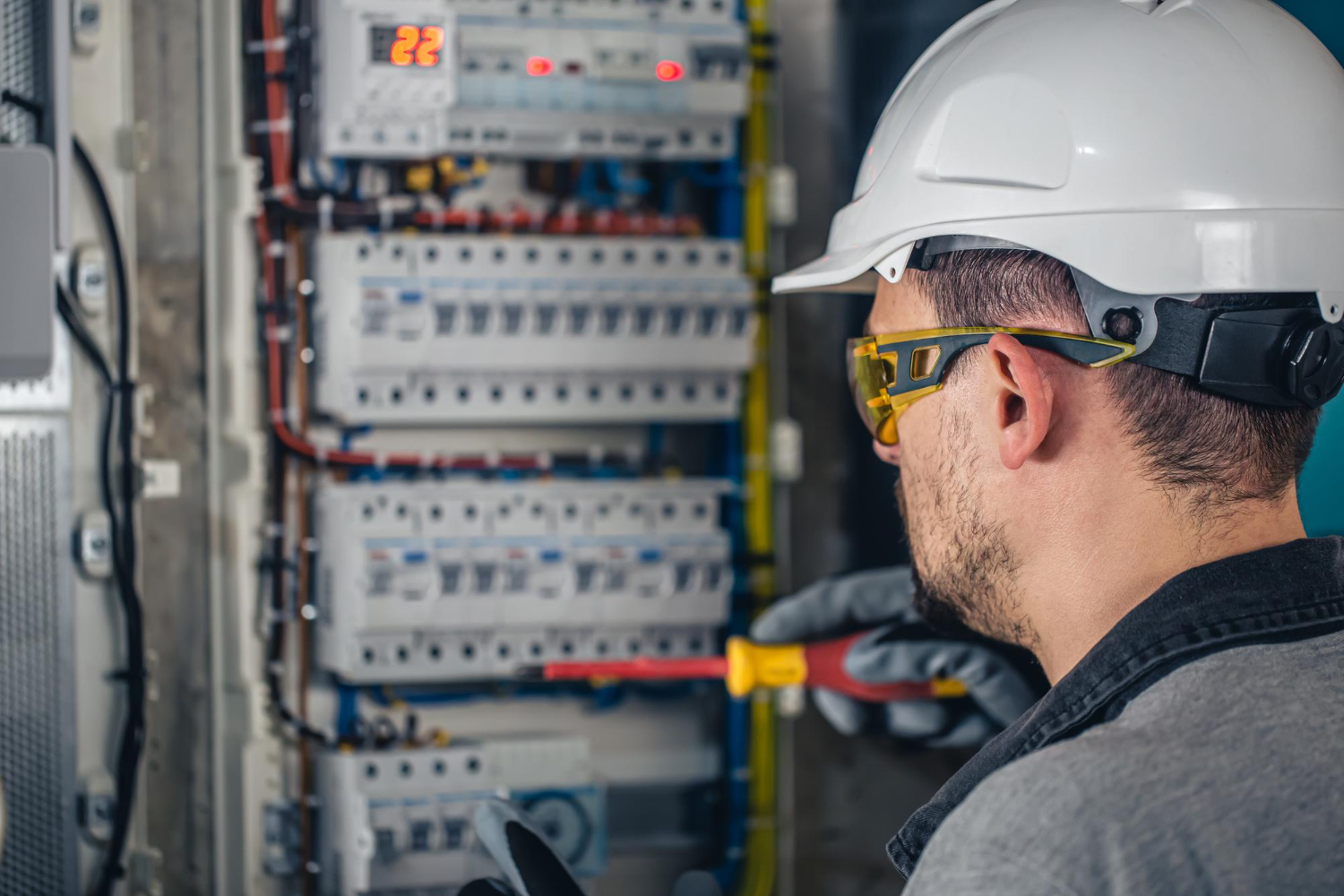The Ultimate Guide To Roar Solutions
The Ultimate Guide To Roar Solutions
Blog Article
9 Easy Facts About Roar Solutions Described
Table of ContentsThe 2-Minute Rule for Roar SolutionsThe 8-Minute Rule for Roar SolutionsRoar Solutions Can Be Fun For Anyone
In order to protect installations from a prospective surge a technique of analysing and classifying a possibly hazardous location is required. The objective of this is to ensure the appropriate option and installment of devices to ultimately avoid a surge and to ensure security of life.
(https://www.awwwards.com/roarsolutions/)
No devices ought to be installed where the surface temperature of the tools is greater than the ignition temperature of the provided danger. Below are some typical dust hazardous and their minimal ignition temperature level. Coal Dirt 380C 225C Polythene 420C (melts) Methyl Cellulose 420C 320C Starch 460C 435C Flour 490C 340C Sugar 490C 460C Grain Dust 510C 300C Phenolic Material 530C > 450C Aluminium 590C > 450C PVC 700C > 450C Residue 810C 570C The possibility of the danger existing in a concentration high enough to cause an ignition will vary from area to area.
In order to identify this threat an installment is divided right into areas of threat relying on the amount of time the hazardous exists. These areas are referred to as Zones. For gases and vapours and dirts and fibers there are 3 zones. Zone 0 Zone 20 A harmful ambience is highly most likely to be existing and might exist for long periods of time (> 1000 hours per year) or perhaps continuously Area 1 Area 21 A dangerous atmosphere is possible but unlikely to be existing for lengthy periods of time (> 10 450 C [842 F] A classification of T6 indicates the minimum ignition temperature level is > 85 C [185 F] Harmful area electrical tools maybe developed for use in greater ambient temperature levels. This would certainly showed on the rating plate e.g. EExe II C T3 Ta + 60C( This implies at 60C ambient T3 will certainly not be gone beyond) T1 T1, T2, T3, T4, T5, T6 T2 T2, T3, T4, T5, T6 T3 T3, T4, T5, T6 T4 T4, T5, T6 T5 T5, T6 T6 T6 A T Course score of T1 suggests the optimum surface temperature level produced by the tool at 40 C is 450 C. Thinking the associated T Course and Temperature level rating for the equipment are ideal for the location, you can constantly make use of an instrument with a much more rigid Department rating than required for the area. There isn't a clear answer to this question unfortunately. It truly does depend upon the kind of equipment and what repair services need to be executed. Tools with particular test procedures that can not be done in the field in order to achieve/maintain 3rd event rating. Need to return to the manufacturing facility if it is before the tools's solution. Area Repair Work By Authorised Personnel: Complicated screening may not be required however certain treatments might need to be followed in order for the devices to keep its 3rd party rating. Authorized personnel should be utilized to execute the work appropriately Repair must be a like for like substitute. New element need to be taken into consideration as a direct replacement calling for no unique screening of the equipment after the fixing is total. Each item of equipment with a harmful ranking must be reviewed separately. These are described at a high level below, however for even more thorough info, please refer straight to the standards.
Roar Solutions Fundamentals Explained
The devices register is a comprehensive database of tools documents that consists of a minimum collection of fields to determine each item's place, technological parameters, Ex lover category, age, and ecological information. The ratio of Comprehensive to Close assessments will certainly be identified by the Tools Danger, which is evaluated based on ignition risk (the likelihood of a source of ignition versus the possibility of a combustible ambience )and the hazardous location classification
( Zone 0, 1, or 2). Applying a robust Risk-Based Examination( RBI )approach is important for ensuring compliance and security in managing Electric Tools in Hazardous Locations( EEHA).
Roar Solutions Fundamentals Explained

In regards to explosive danger, a hazardous location is a setting in which an explosive atmosphere exists (or might be anticipated to be present) in quantities that call for special preventative measures for the building, setup and usage of equipment. hazardous area course. In this article we discover the challenges faced in the work environment, the danger control procedures, and the required expertises to work securely
These materials can, in specific conditions, create explosive environments and these can have significant and awful consequences. Many of us are familiar with the fire triangle remove any one of the 3 elements and the fire can not visit the site happen, but what does this mean in the context of dangerous areas?
In most instances, we can do little about the degrees of oxygen airborne, but we can have significant influence on sources of ignition, as an example electric devices. Dangerous areas are documented on the hazardous location category drawing and are identified on-site by the triangular "EX LOVER" indication. Below, among various other vital details, areas are split right into three types relying on the danger, the chance and duration that an explosive atmosphere will exist; Area 0 or 20 is regarded one of the most unsafe and Area 2 or 22 is regarded the least.
Report this page